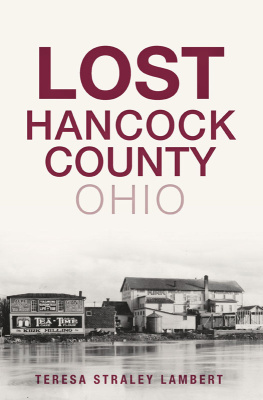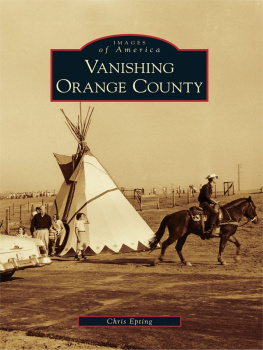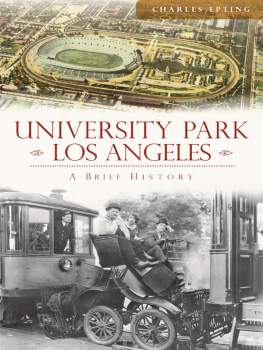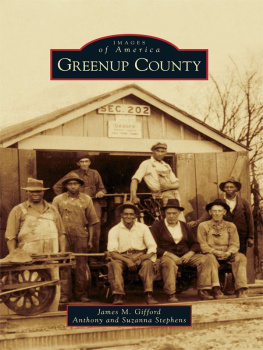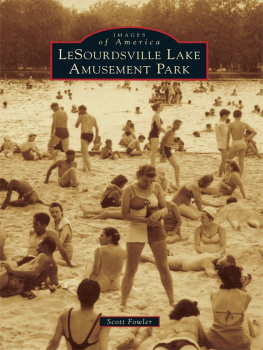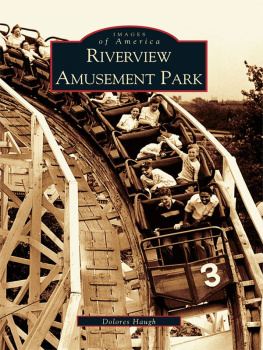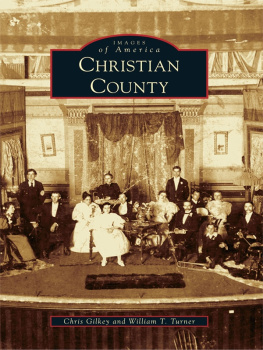
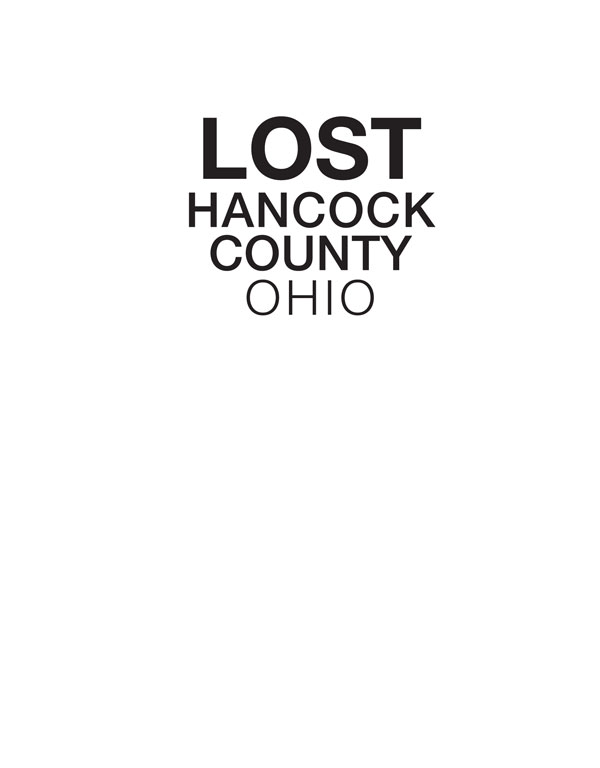

Published by The History Press
Charleston, SC
www.historypress.net
Copyright 2019 by Teresa Straley Lambert
All rights reserved
Front cover: Kirk Milling survived many Findlay floods over the years. Courtesy of the Hancock Historical Museum.
First published 2019
E-Book edition 2019
ISBN 978.1.43966.825.2
Library of Congress Control Number: 2019944012
Print edition ISBN 978.1.46714.135.2
Notice: The information in this book is true and complete to the best of our knowledge. It is offered without guarantee on the part of the author or The History Press. The author and The History Press disclaim all liability in connection with the use of this book.
All rights reserved. No part of this book may be reproduced or transmitted in any form whatsoever without prior written permission from the publisher except in the case of brief quotations embodied in critical articles and reviews.
Dedicated to my family, my friends, and the people of Hancock County, Ohio.
CONTENTS
ACKNOWLEDGEMENTS
I had no idea when embarking on this journey that I would be so totally immersed in the history of Findlay and Hancock County, Ohio. Although I have lived in Findlay for more than forty years, it was not until I began volunteering at the Hancock Historical Museum after retiring from a teaching career that I discovered countless fascinating places that I had never heard of right here in Findlay and the surrounding county. As I read and researched and gave museum tours to youngsters and presented historical programs to those in retirement communities and senior centers, I knew that a Lost Hancock County book would be a perfect avenue for sharing some of this newfoundyet oldinformation.
Many people have helped and encouraged me in this endeavor. The staff at the Hancock Historical Museum helped in countless ways. Executive director Sarah Sisser offered ideas and sources. Curator/archivist Joy Bennet was an invaluable help in finding, scanning and sharing photographs. So many sources, so little time! Friend and colleague Deb Wickerham, the museums education coordinator, also provided much-appreciated information. Laurel Etler, special events and communications coordinator, always greeted me with a warm, friendly smile, even when I needed to get into the museum during closed hours.
Thanks to Courier writer Jeanne Wiley Wolf, who shared many ideas and sources.
Spending time at the FindlayHancock County Public Library and its branch in McComb put me in touch with knowledgeable staff, useful books and archival newspapers.
Interviewing locals of Hancock County enabled me to add a personal touch to many of the stories. Thanks to E. Tom Child, Sue Child, Dave Davis, Ann DeWitt, Deb Ewing, Ginny Motter, Barbara Myers, Bill Phillips, Jack Ridge, Barbara von Stein Smith, Doug Smith, Don Steinman, Joe Wasson and Phyllis Benton Wiegand for sharing your time and stories.
My editor at The History Press, John Rodrigue, was with me from the start, allowing me to work at my own pace, always reassuring me that I was on the right track.
As a member of the Literal Women Book Club for over thirty-five years, I must thank this sisterhood for its enduring support: Cindy Benton, Sharon Brubeck, Chris Fox,Judy Hall, Charlene Hankinson, Trish McClosky, Kathy Qualkenbush and Vicki Sherman.
Last but not least, my family. My son, Scott, suggested invaluable ideas and editorial advice; my daughter, Kate, and her history-teacher husband, Jon, provided more moral support than anyone should have to, not to mention buoying me up with visits from grandsons Otto and Frank, named for family ancestors; and my husband, Randy, who only interrupted my writing hundreds (maybe thousands) of times just to see if I wanted more coffee or a snack. He supported me throughout this journey while patiently waiting for our next adventure. Thank you, my dears, one and all.
INTRODUCTION
A lthough Hancock County, Ohio, covers around 530 square miles of land, less than 2 percent of that area is comprised of urban districts. Today, more than a dozen towns exist, but several more have faded away. The county itself is made up of seventeen townships named for explorers, military men, political people and settlers. Hancock County towns and villages continue to adapt to the changes that have occurred over the past two hundred years.
The county has always been an agricultural region and remains so today. Early pioneers of the 1820s and 1830s cleared the land, built cabins and created farms and towns. Related pursuits led to the creation of mills, dairies and hatcheries. Corn, wheat, oats and soybeans were introduced early in the countys history and are still being produced there but with modern, more efficient equipment.
In the mid-1880s, gas and oil were discovered in Hancock County; this boosted the economies of many towns, especially the county seat of Findlay, and the population of Findlay and surrounding towns ballooned so much that many people predicted that Toledo would soon be a suburb of Findlay! They also predicted that the gas and oil would last forever. They were wrong on both counts, but during that short window of time, many factories and businesses flourished. Factories produced the daily essentialseverything from furniture and glassware to underwear and gloves. Other factories created more curious things, such as masks, medicines and cigars.
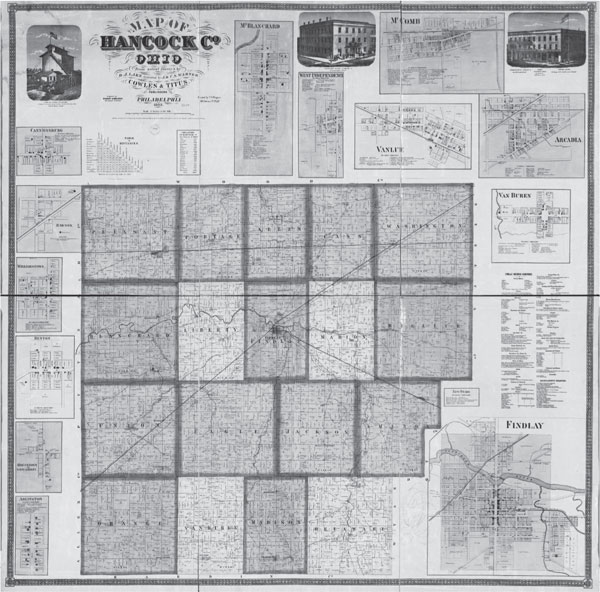
An 1863 map of Hancock County, Ohio, depicts the seventeen townships and many of the towns and villages of the time. Courtesy of the Hancock Historical Museum.
Another contributing factor in the growth of these modest towns was the coming of the railroads. Some towns began with high hopes only to be stalled by lack of progress or not being on the projected route after changes had been made. Streetcars and interurban trains allowed people to visit friends and relatives more quickly and easily in the surrounding towns, and cars and trucks were actually being manufactured in Findlay.
In this new era of mechanical transportation, not only was it easier to visit other places, but people could also travel more easily to entertainment venues, such as opera houses, theaters and parks. These locations provided great entertainment, including vaudeville shows, revues, lectures, plays, concerts and moving pictures.
But, as they say, nothing lasts forever. Although many of the areas buildings remain standing and are being used in other capacities, their original purposes have been lost to generations. Other buildings are simply no longer there due to flooding, fires or the need for parking lots. Many readers may have memories of some of the lost places in this book; others may be surprised at what used to be in Hancock County.
PART 1: THE CREAM AND THE CROPS-AGRICULTURE
RUN OF THE MILL
T he popular tune of 1910, Down by the Old Millstream, was written by Hancock County, Ohio native son Tell Taylor, a vaudevillian who was born on a farm near Vanlue. According to legend, Taylor grew up swimming and fishing in the Blanchard River and held fond memories of the Misamore Mill in Amanda Township.
Although this early gristmill and the bridge near it no longer exist, Taylors lyrics retain the perception of the romance of the river and the values of the early settlers of the county and their tenacity in creating mills.
Next page
